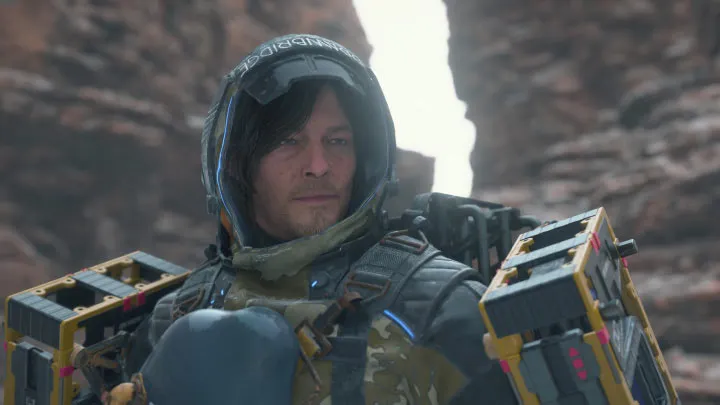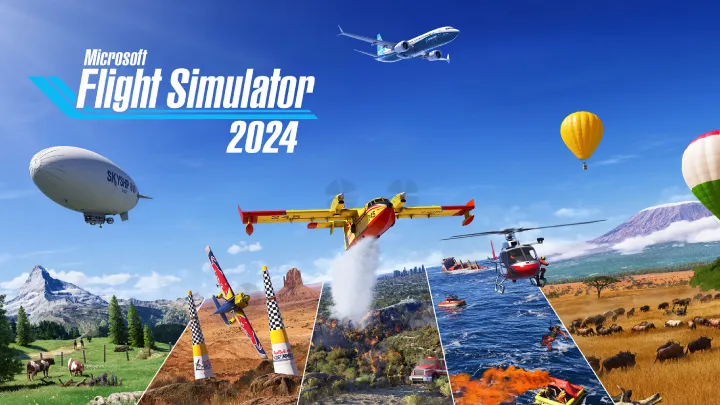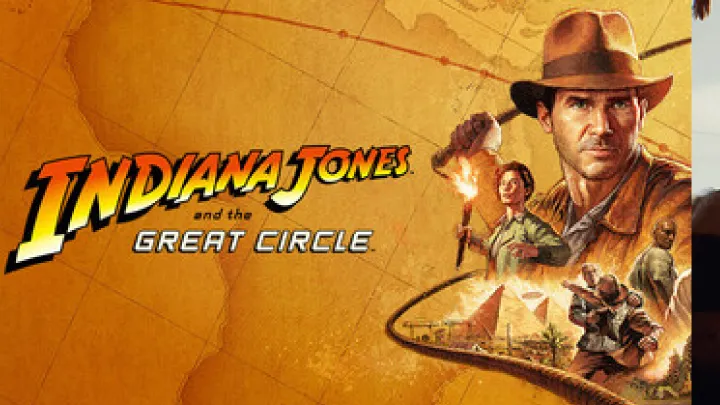Death Stranding 2 is an innovative action-adventure game that combines exploration, delivery mechanics, survival strategy, and an immersive story-driven experience. Players traverse a post-apocalyptic world, managing cargo, connecting isolated settlements, and facing supernatural threats. Mastering Death Stranding 2 requires understanding terrain navigation, cargo management, combat, crafting, resource management, and story choices.
This guide provides a comprehensive walkthrough for both beginners and advanced players, offering strategies for traversal, equipment management, building connections, and completing missions efficiently.
By following this guide, players can optimize delivery routes, survive hostile environments, maintain cargo integrity, and fully experience the rich narrative of Death Stranding 2.
Section 1 Understanding the Core Mechanics

Before exploring the world, it is essential to understand the game’s core mechanics. Death Stranding 2 combines traversal, cargo management, and environmental hazards in a seamless experience.
Players must monitor stamina, balance, and the weight of their cargo. Understanding how terrain, weather, and enemy presence affect movement ensures efficiency and safety.
The social strand system allows interactions with other players indirectly, affecting structures, resources, and story progression. Grasping these mechanics is key to long-term success.
Section 2 How to Prepare and Customize Your Character
Character preparation in Death Stranding 2 involves selecting equipment, tools, and upgrades that suit your intended playstyle.
Balancing cargo weight, selecting appropriate footwear, and equipping mobility-enhancing devices are crucial for efficient traversal.
Skill progression and equipment upgrades improve endurance, combat efficiency, and cargo stability, allowing players to handle increasingly difficult missions and environmental challenges.
Section 3 How to Master Terrain Navigation and Movement
Traversal is a central element of Death Stranding 2. Players must navigate mountains, rivers, forests, and man-made obstacles while maintaining cargo balance.
Using ladders, ropes, vehicles, and exoskeletons strategically reduces fatigue and improves speed. Scouting terrain before attempting difficult passages prevents unnecessary cargo damage.
Environmental awareness, including weather patterns and enemy locations, is critical. Efficient navigation maximizes delivery success and minimizes risk.
Section 4 How to Manage Cargo Effectively
Cargo management is crucial for completing deliveries. Players must balance weight, placement, and protection to prevent damage.
Utilize equipment such as ladders, ropes, and special containers to secure fragile or heavy items. Monitoring balance and movement ensures stable transport.
Planning optimal routes and prioritizing deliveries based on weight and importance increases efficiency. Well-managed cargo improves reputation and unlocks new equipment and story opportunities.
Section 5 How to Build and Utilize Structures
Structures such as bridges, roads, and safehouses facilitate traversal and connectivity between settlements.
Players can construct, upgrade, and maintain structures to improve route efficiency. Collaborating indirectly with other players strengthens the shared network.
Strategically placing structures in high-traffic or hazardous areas maximizes their utility. Proper planning saves time, reduces risk, and enhances gameplay experience.
Section 6 How to Handle Combat and Enemy Encounters

Death Stranding 2 features both human and supernatural threats that require tactical combat or avoidance.
Players can use weapons, stealth, and environmental advantages to neutralize enemies. Balancing engagement and avoidance preserves cargo integrity.
Understanding enemy patterns, strengths, and weaknesses allows for effective combat strategies. Preparation and situational awareness are key to surviving challenging encounters.
Section 7 How to Complete Main Missions and Side Tasks
Main missions advance the story and unlock key equipment and upgrades. Side tasks provide resources, tools, and additional connections.
Prioritize mission planning based on distance, cargo weight, and environmental hazards. Combining multiple tasks in a single route improves efficiency.
Some missions are time-sensitive or affected by environmental conditions. Strategic planning ensures successful completion and maximum rewards.
Section 8 How to Utilize Tools, Vehicles, and Technology
Tools and vehicles enhance mobility and efficiency. Exoskeletons, ladders, ropes, and terrain vehicles reduce fatigue and improve cargo handling.
Upgrade and maintain equipment regularly to prevent malfunctions. Use vehicles strategically for long-distance deliveries or difficult terrain.
Technological upgrades, including scanning devices and communication tools, provide advantages in navigation, hazard detection, and mission success.
Section 9 How to Leverage the Social Strand System
The social strand system allows indirect cooperation with other players through shared structures, resources, and messages.
Contributing to communal structures benefits both you and other players. Observing and learning from other players’ strategies improves your efficiency.
Balancing personal goals with contributions to the network strengthens the overall gameplay experience and unlocks additional story and equipment benefits.
Section 10 How to Achieve Mastery and Long-Term Success
Mastery in Death Stranding 2 comes from efficient navigation, strategic cargo management, optimal equipment usage, and effective mission planning.
Combine main story missions, side tasks, and environmental exploration to maximize resources, reputation, and upgrades. Continuous adaptation to changing terrain and threats ensures consistent success.
Long-term mastery allows players to complete deliveries with minimal risk, build strong connections, survive hostile encounters, and fully experience the immersive world and narrative of Death Stranding 2.
Conclusion
Death Stranding 2 is an innovative, immersive game blending traversal, delivery mechanics, survival, and narrative depth. Mastering terrain navigation, cargo management, combat, structures, and social connections ensures efficient progression, successful missions, and a fully engaging gameplay experience.
Summary
A complete guide to mastering terrain, cargo, combat, structures, and social systems in Death Stranding 2 for efficient progress and immersive gameplay.

















